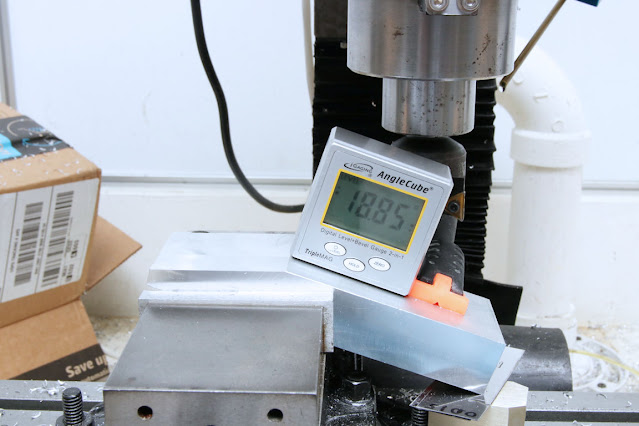In May of 2003, the
Japanese Space Agency launched the Hayabusa mission
to an asteroid called 25143 Itokawa. In November of 2005, the satellite
touched down on the surface of Itokawa becoming only the second vehicle in
history to land on an asteroid. But there was more. Hayabusa
was intended not just to land on the asteroid, but to return a sample to Earth. During the November 2005
landing, after a series of troubles, the ground lost contact with Hayabusa,
not regaining contact until March of 2006.
The story of the mission reads like a case study in perseverance through difficulty after difficulty. When the vehicle started back for Earth, it wasn't known for sure if any of the asteroid was successfully sampled. The capsule potentially containing - perhaps - one gram of asteroid surface - re-entered the Earth's atmosphere on 13 June 2010. The capsule experienced peak deceleration of about 25 G and heating rates approximately 30 times those experienced by the Apollo spacecraft. It landed via parachute near Woomera, Australia, and was recovered the next day.
Fast forward 11 years and we find that
Itokawa contains significant amounts of water. It has probably flown below most peoples' radars that NASA has
confirmed (on almost the same time line) that there's plenty of water on the
surface of the moon, as well. One mission, crashing a used rocket stage
into the surface near the south pole, revealed the lunar
regolith
(sort of lunar topsoil) was 5% water. Considering the temperatures on
the moon and the exposure to hard vacuum, how is this even possible? Wouldn't
water evaporate or, if ice, sublimate? One of the explanations offered
at the time was that the solar wind sends a steady stream of protons out in the
Solar System, and these protons could interact with lunar material to produce
water. It was found the temperatures at the lunar poles, in the perpetual
shadows where the rocket stage hit, are so far below freezing that sublimation
is very slow and rare.
Here's where the story of Itokawa gets a little more interesting.
Itokawa is what's called a "rubble pile," as it's made up of small fragments produced by collisions among asteroids and then slowly gathered together by gravity. Asteroids like this may have fragmented and re-formed multiple times over their history, and they could be composed of portions of more than one body.
A large, international research team took some of the fragments returned to Earth and subjected them to a variety of imaging techniques. The researchers determined that the outermost 40 to 180 nanometers [1-1/2 to 7 millionths of inch] of rock were transformed by their time in space due to bombardment by high-energy radiation. This region also had elevated levels of water and hydroxyl ions (OH-). This finding is consistent with the idea that the water was produced by the interaction between protons in the solar wind and silicate-rich materials in the rocks themselves.
Based on the typical depth of the material that was transformed by the solar wind, the researchers could calculate the amount of water in particles of different sizes. And while there's very little here individually, Itokawa has a lot of small, dust-like particles, which have a high surface area relative to their volume. So it all adds up to an estimated 20 liters of water in every cubic meter of the powdery regolith on the asteroid.
Itokawa - ISAS, JAXA photo
People who study asteroids like this believe that on a rubble pile like Itokawa, all of the dust gets cycled between the surface and interior as the asteroid has collisions over the millennia, and as a body like Itokawa orbits, it sweeps up more dust which has been hit by high energy solar wind. So even if something is now buried in the interior, it almost certainly was exposed to the solar wind in the past.
It also presents us with somewhat of a way out of a problem. For years, we've been told that Earth's oceans are probably the result of a massive collision that formed the moon. Over time, chunks of proto-Earth fell back down, bringing significant amounts of water. The problem with that is it doesn't agree with observations of the isotopes of the water found on Earth versus other planets.
But if we go by the elements in our crust, the bodies that arrived on Earth have a different ratio of hydrogen isotopes from the waters in our ocean. Put differently, the oceans have water that (in isotope terms) is somewhat lighter than the water found in the asteroids that have a composition similar to Earth's. The solar wind, in contrast, has hydrogen isotopes that are overall lighter than what we see in our oceans. So the researchers propose that the solar wind has indirectly helped fill our planet's oceans by producing water on dust particles that eventually fell to Earth.
The interesting side here is that the process continues today. An estimated 30,000 tonnes of dust grains fall from space each year. And
these tiny particles will have the highest amount of water per mass of
anything exposed to the solar wind. That's not much water in a
given year, but it adds up over time, year after year, after thousands, millions or billions of years.


























